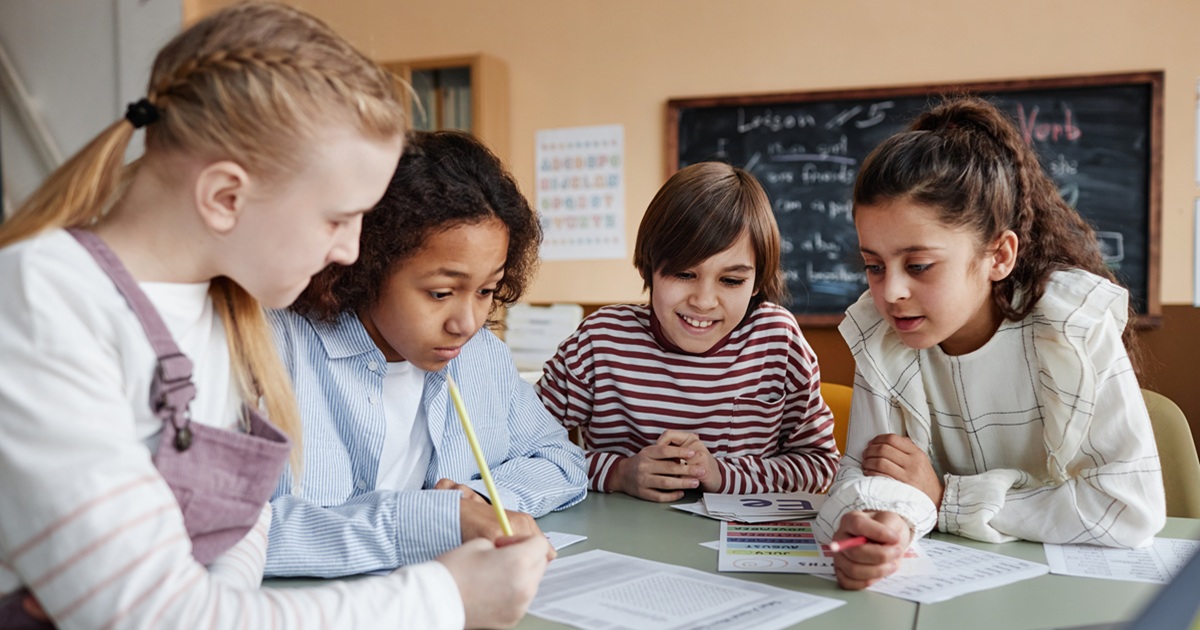Evan Pricco: I think the first thing I wanted to ask is whether the creatures in your paintings are of the “real world,” so to speak. Should we start with reality versus a sort of fantasy?
Clayton Schiff: It’s hard to say for sure. I tend to think of it as one reality over from ours. Everything is built from scratch, not downloaded from our understanding of the lay of this land, but built to some pretty similar specifications. It’s like a kind of fantasy with an often limited capacity for imagination. The confines of our reality find themselves wafting into the fantasy, so a lot of the bleakness just gets amplified on slightly new terms.
This may sound naive, but are there chores, little life nonsense like doing the laundry or sweeping the studio that sort of generate a potential painting? I’m sort of drawn to the activity in each work.
There are indeed. It’s not always clear to me what becomes an idea or image in mind for a painting, but it often can come from activities I engage or observe, generally banal ones like cleaning, eating, working, walking, staring, clipping nails. I’m often drawn to an action that could be ongoing or exist in a loop. Depicting that feels right since it’ll be trapped inside the painting eternally.
There is always this sense of space in each work, like the characters are either alone or quite a bit apart from each other. Walk me through how you construct a scene. What is the genesis, and do you know where you want to go in each work?
The paintings come out of small thumbnail sketches I draw of images or configurations that occur to me throughout the day. Walking around for many hours helps them occur to me. Sometimes I’ll take a picture of something I see and develop it a bit from there. I usually have a sense of where I want each painting to go, but I get the most out of altering and readjusting it throughout the painting’s process. I find that if I go into it with no plan at all, I’m too lost to meaningfully find anything in the painting, and just desperately try to find dry land as soon as any presents itself to me.
There is often a joint process in forming the characters and their surroundings. Usually the figure and ground feel kind of attached to one another, codependent in some way, repeatedly giving and taking. As for the figures’ relations to one another, indeed, there’s a sense of distance kept between them. I think my intent is to hold them in a slightly diagrammatic space, everything pulled apart and slightly out of order. I want to keep the paintings from feeling like snapshots of an action or plausible scenario, but rather like retellings or memories, kind of giving the viewer the constituent parts but not the full synthesis of an occurrence. I think this makes it easier to revisit the scene, and to apply oneself to it, rather than essentially watch something take place.





Leave a Reply